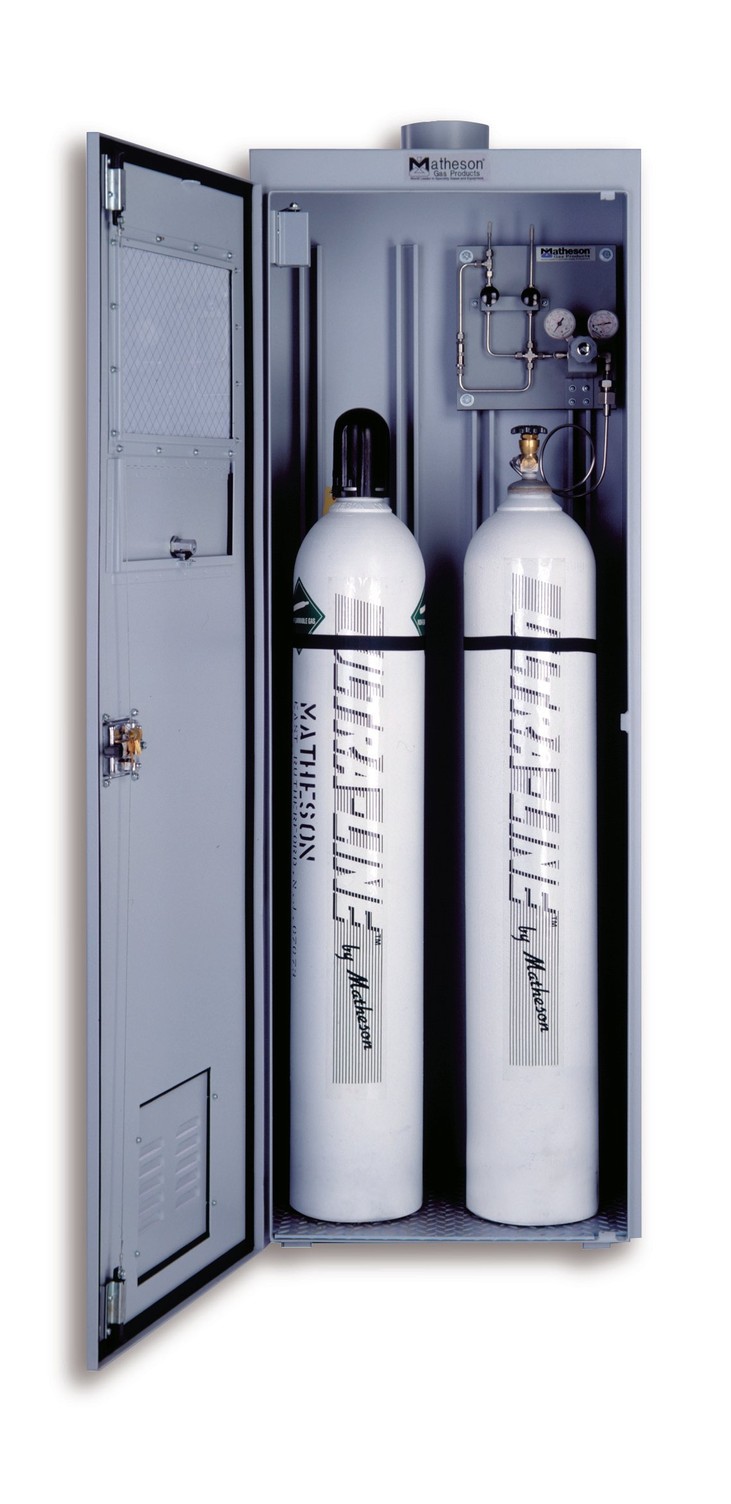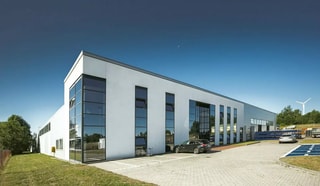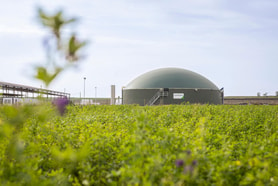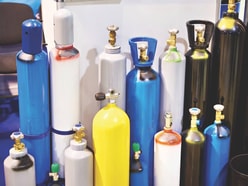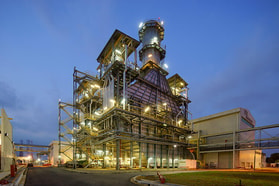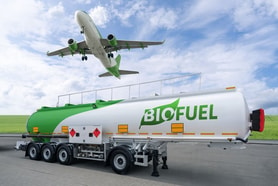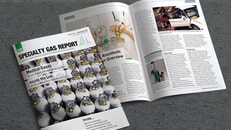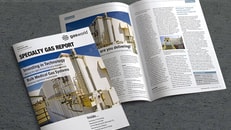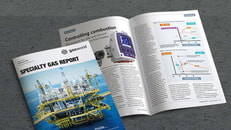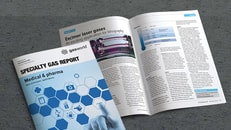Designing Safety into Site-Wide Gas Distribution Systems
When setting up a gas distribution system in a laboratory or any other type of facility, the safety of all personnel must be taken into consideration. It is important to meet all local and federal codes, such as National Fire Protection Association (NFPA), Uniform Fire Code (UFC), Semiconductor Equipment and Materials International (SEMI), the International Building Code (IBC), and Building Officials Code Administrators International (BOCA). In addition, the local fire marshal normally has the final say on approval and startup of the system.
All compressed gases have the inherent potential hazard of high pressure. Many gases present chemical property hazards in different categories, including: flammable gases (i.e. hydrogen, acetylene, methane); oxidizing gases (i.e. oxygen, nitrous oxide); toxic gases (i.e. carbon monoxide, hydrogen sulfide); corrosive gases (i.e. chlorine, hydrogen chloride); and pyrophoric gases (i.e. silane). Many gases have more than one hazardous property. For example, carbon monoxide is both flammable and toxic; hydrogen sulfide is both corrosive and toxic.
The gas industry and equipment companies have developed many different systems to enable safe gas delivery. Among the safety equipment used to ensure this are gas cabinet enclosures, special source systems with purge mechanisms, and monitors (including alarms, emergency valve shutoffs, excess flow equipment, and gas detection). Proper labeling of the gas cylinders and equipment is also important in order to document properly which hazards are associated with the gas service, and to prevent imprudent crossover of service (such as changing a system used for oxidizers over to service for flammables).
Gas safety equipment is part of a site-wide gas distribution system. This article examines materials of construction, selection criteria, general precautions, and other issues in the context of safety and gas purity. Gas cabinets are designed to contain gas cylinder(s) and their associated control hardware (see Figure 1). The purpose of the gas cabinet is to confine and remedy (normally by venting) the hazard within the cabinet, while preserving the safety of the working environment outside of the cabinet.
... to continue reading you must be subscribed

